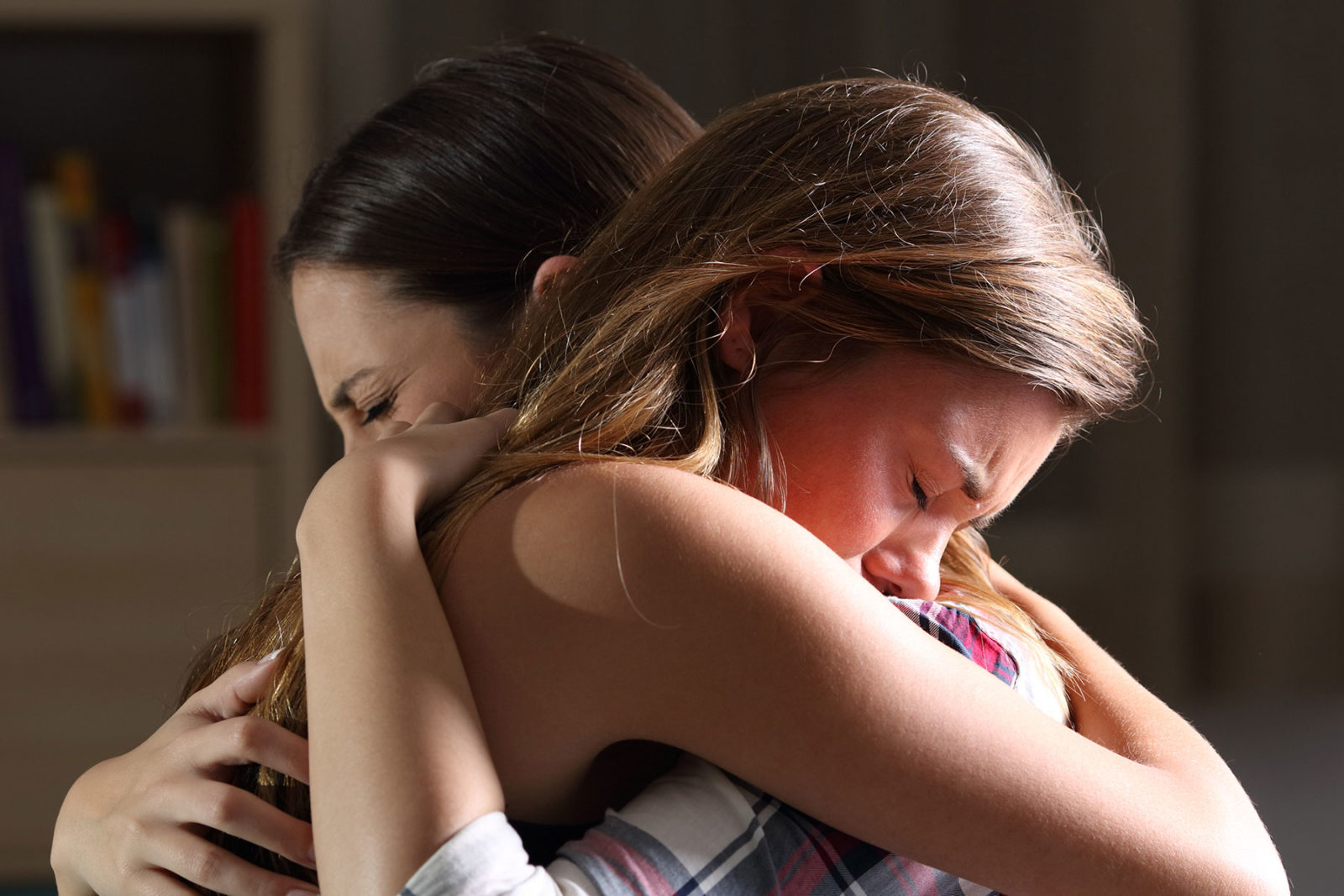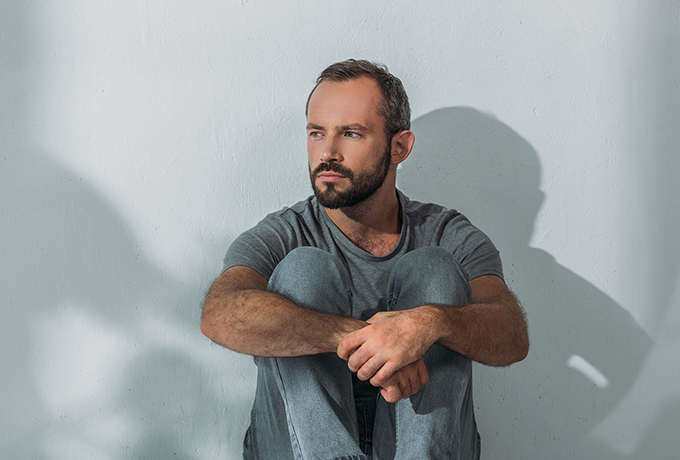- Suicide is the leading cause of death among people in Australia aged 15 to 44. It is also the 13th most common cause of death overall.
- There are many ways in which everyone can help reduce the suicide rate.
- One of the most important is to reduce the stigma. This means normalising conversations about mental health and getting help. It also means talking about it at home, at work, with mates and in the community.
Suicide is a significant public health problem in Australia. 3,128 people died from suicide in 2017, making it the main cause of death among people aged 15 to 44 — and the 13th most common cause overall. As with previous suicide statistics, males outnumber females three to one. And for each person who dies from suicide, another 20 may have attempted it.
“…the more people talk about mental health, the more normal and natural getting help will seem to individuals who may be struggling…”
The true impact of suicide on families and communities
Australia’s national suicide statistics are alarming, yet the numbers alone do not reveal how far-reaching and damaging the full impact of suicide is on the community.
All suicides affect a huge number of people. When someone takes their own life, it affects their family, friends, neighbours, workplace, sports club, school, church, pets, service providers, the people at the local shop, emergency services who attend the scene…
How can you help reduce the suicide rate?
Each one of us can help reduce the impact of suicide in our community. Here are some of the best ways to go about it.
Reach out and support people
One direct and immediate way in which you can make a difference is to keep an eye out for the people you know.
- If you’re concerned about someone, check in with them and see how they’re going. A good example is the #CheckYourMates campaign, which works to lower the suicide rate among veterans and ex-Defence personnel.
- If you’re worried that someone is thinking about suicide, ask them outright. It is a suicide myth that asking someone about their suicidal thoughts will make them more likely to want to take their own life.
- If someone tells you that they’re struggling, support them so that they can get professional help.
Help spread awareness
A more indirect way to help reduce the suicide rate is to raise awareness of the issue.
Not only will these kinds of activities make more people aware of the issues as well as organisations like Suicide Call Back Service; they will also help ‘normalise’ (more on that below) the idea that help is available and that it’s ok to get support.
Make yourself heard in government
Another way in which you can help reduce the suicide rate is to make yourself heard when it comes to government action.
- State and Federal governments have historically run inquiries into how the mental health system works. Everyone is entitled to have a say so check back to see what issues are being considered.
- Governments will also engage in regular community consultations. These events are typically promoted beforehand.
- You can be heard in your community. Consider writing letters to the media, posting online, nominating individuals or organisations for relevant awards and making submissions for community grants.
Help reduce the stigma: a special case
All these proactive measures are important steps that can help reduce the suicide rate. However, if there’s one thing that arguably can make a serious difference to the suicide rate, it is how we talk and think about those things that compound suicide.
Specifically, it’s important to address the stigma still commonly associated with things like mental health and getting help.
- For instance, suicidal thoughts may be considered a taboo or ‘forbidden’ subject among many people. Unfortunately, ignoring a deep source of emotional pain is unlikely to make the problem go away, particularly for a person who may be struggling with suicidal thoughts.
- A high proportion of people who die by suicide are also living with a mental illness. Although the relationship between suicide and mental illness is quite complex, there is evidence that suggests a link exists between suicide and the stigma experienced by people living with mental illness.
- Shame or stigma is something that may need to be overcome by people affected by suicide. A lack of understanding about suicide could lead to an unwillingness to support people who are grieving or experiencing grief. According to one in-depth study, people in this situation report higher levels of “rejection, shame, stigma, need for concealing the cause of death, and blaming” compared to people dealing with someone’s sudden natural or unnatural death. Consequently, they may try to avoid talking about it, further compounding the stigma of suicide.
There is no simple solution to Australia’s suicide problem. There is, however, much that you can do in person and in your community. No single action on its own will bring about the necessary change. However, the more people talk about mental health and getting help, the more normal and natural it will seem to individuals who may be struggling.
If you are worried about someone, and need someone to talk to, call the Suicide Call Back Service on 1300 659 467 to speak to a counsellor.
If it is an emergency, please call 000.









